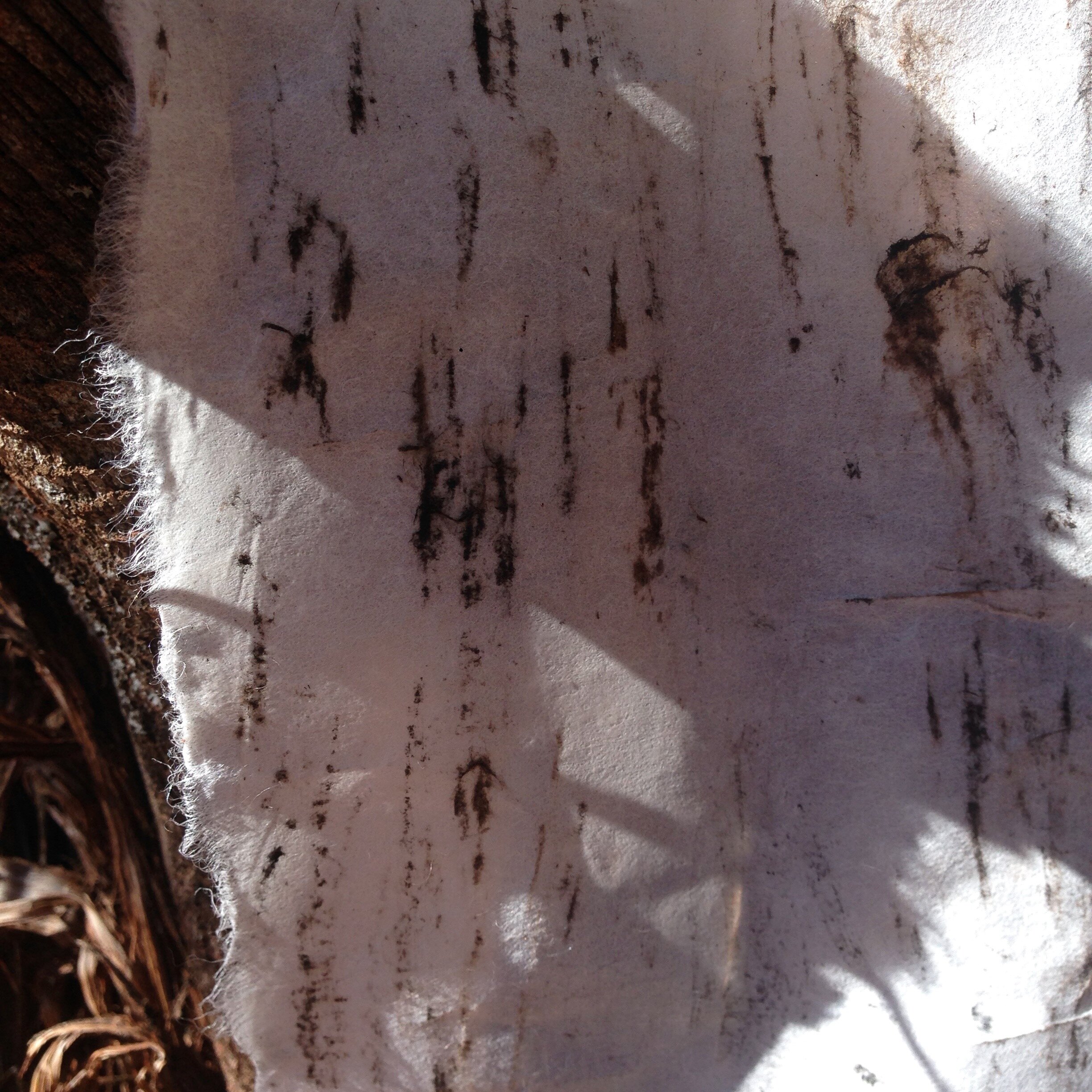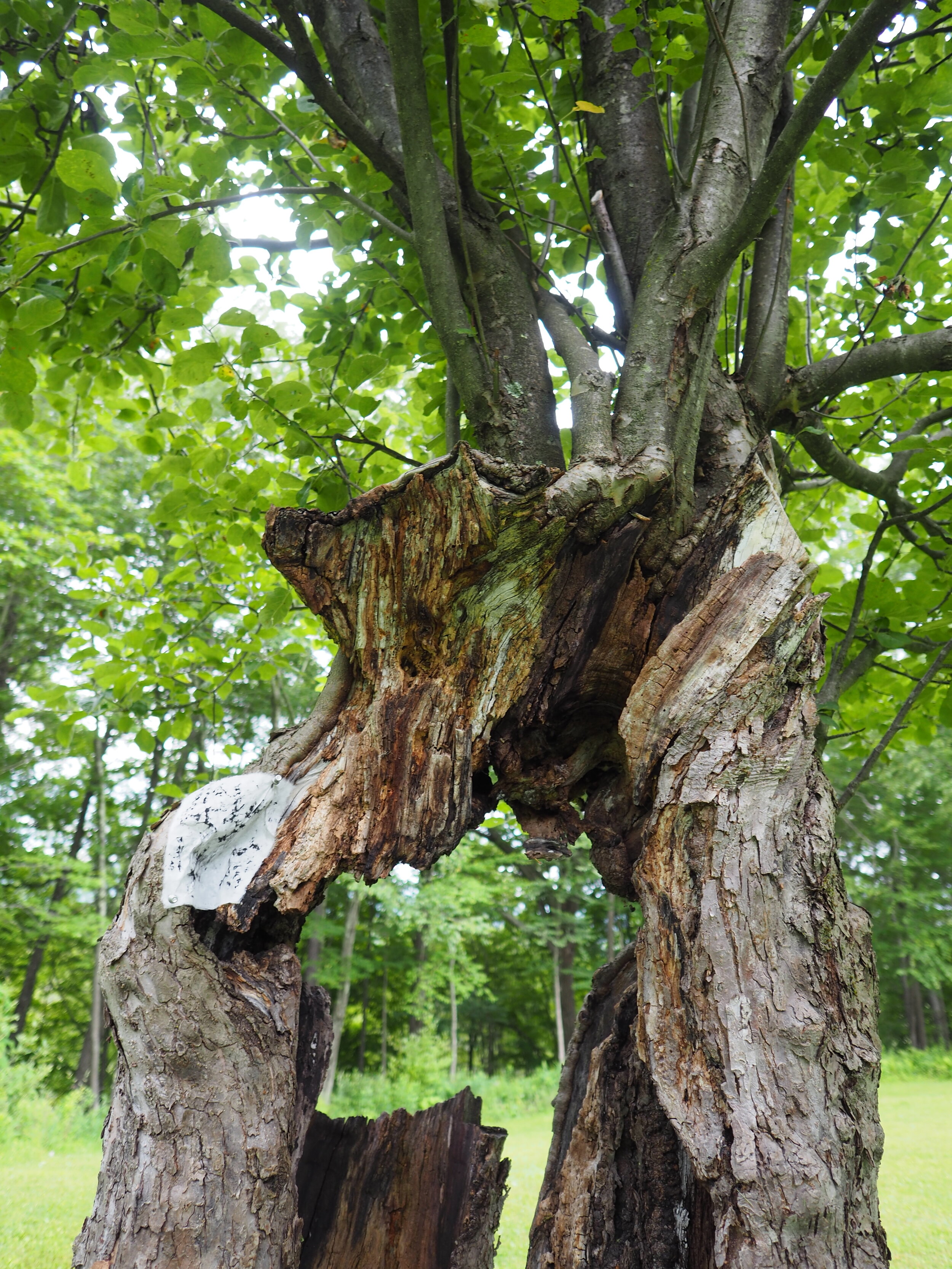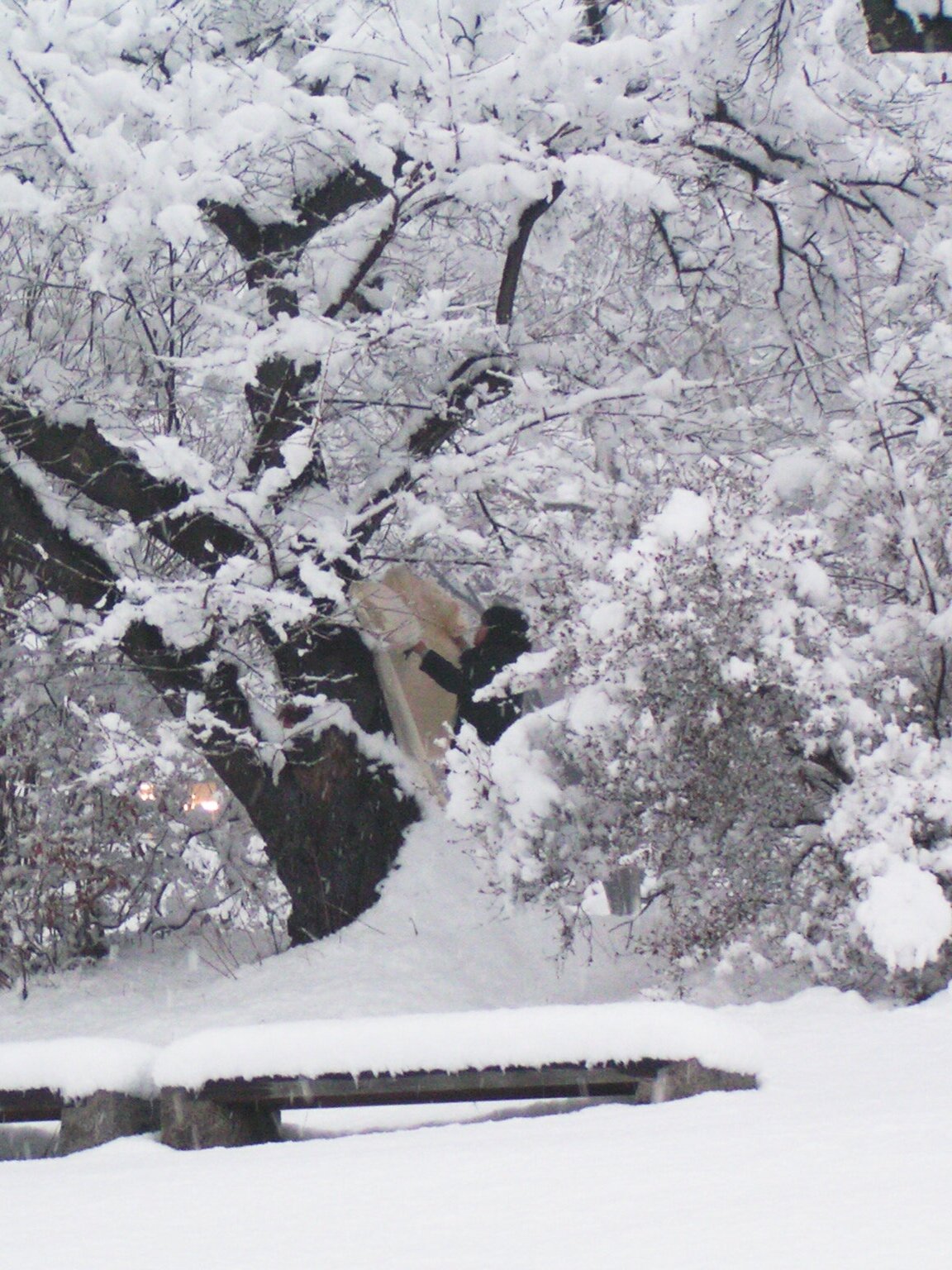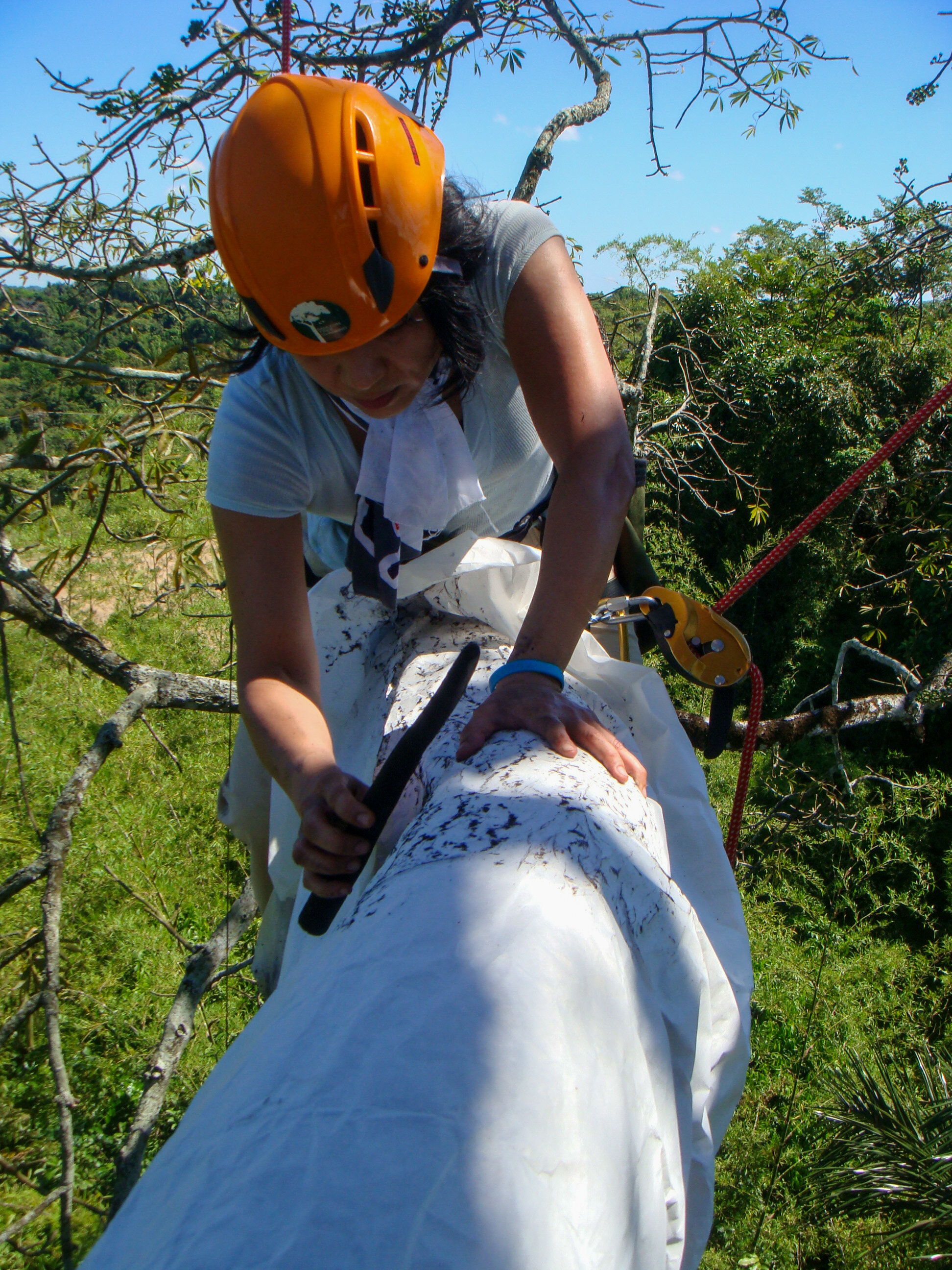
RUBBINGS
1999 - Present
“
I began making tree rubbings over 20 years ago…
There was a place that I visited when I wanted to find a path, warm, beautiful light,
the trees were there no matter what happened.
I started collecting tree surfaces on Washi, to memorize what I felt at that place.
Then eventually, I traveled to many places.
Japanese tree, American tree, African, Roman, Iraqi, they are different places.
Yet the rubbings look the same in my studio.”
Keiko & The Trees, Romania 2016
What began as a practice of healing, soon became a lifelong effort at reflecting a unified world, through tree rubbings, Japanese Washi paper and charcoal.
Washi comes from the fiber of the tree bark, and the charcoal is created by Miyamori, by burning fallen tree branches and bark on site. She then places the washi on the surface of the tree, and uses the charcoal to create frottages or rubbings. In that moment, three stages or iterations in the life of a tree come together, and that moment of unity in time is captured in her rubbings.
Tree Rubbing in Greene County, NY, USA, 2017
Tree Rubbing in PA, USA, 2017
The locations she selects for her rubbings vary - sometimes they are historical sites, sometimes they are locations that make up her daily life and some she has passed by only once, never to return to again. While the locations are significantly different from one another, the layers they make look indistinguishable, revealing a deeper truth about our existence. This is Miaymori’s way of paying homage to each moment experienced, while letting go of the need to place them in any hierarchy - they appear to be the same through the lens of the tree.
Tree Rubbing in Rome, Italy, 2006
wrapping a tree with Japanese paper,
i rub it with a handmade charcoal,
tracing a surface of the bark
on the paper.
surfaces of various places,
old and new,
now born
from the washi and charcoal
the trees gave birth to.
things snapped,
in a moment
beyond time and space.
memory fades over time,
past experiences become uniformed,
with the washi and charcoal
the trees gave birth to.
in a forest,
in a city,
in a wealthy neighbor,
in a slum,
in a country fraught with battles,
and so on.
thinking about the meaning
of those differences,
in this one connected
uniformed world.
– Keiko Miyamori
Tree Rubbing in New York City, USA, 2010
Tree Rubbing in Amazon Rainforest, Manaus, Brazil, 2010
As her practice evolved, so did Miyamori’s initial idea of what the rubbings could represent to those interacting with her art. She spent time creating rubbings of trees scheduled for uprooting during urbanization, in order to preserve them in some form for people to connect with, long after they were gone. She began transposing her rubbings onto man-made objects, to explore the link between humans and nature as reflections of one another. In Tsunagu: My Favorite Book, she curated a selection of books from various philosophies and religions covered them in layers of Washi to create a unified bookshelf of diverse ideas. Often her rubbings and objects encased in them make their way to different countries and different people, to build connections between them.
As her practice grows, so do the themes and concepts she communicates through this singular act. Below is a small collection from a lifetime spent revealing a unified, and interconnected world. A more detailed collection can be found on her Instagram page here.
Philadelphia, PA 2002
North Philadelphia, 1999
Philadelphia, PA, 2019
Tottori, Japan, 2019
Narumoru, Kenya, 2010
Greene County, NY, USA, 2017
Flagstaff, AZ, 2013
Toyama, Japan, 2017
Tsuruga, Japan, 2019
Nagano, Japan, 2007
Narumoru, Kenya, 2010
Amazon Rainforest, Manaus, Brazil, 2010
Kanazawa, Japan, 2017



















